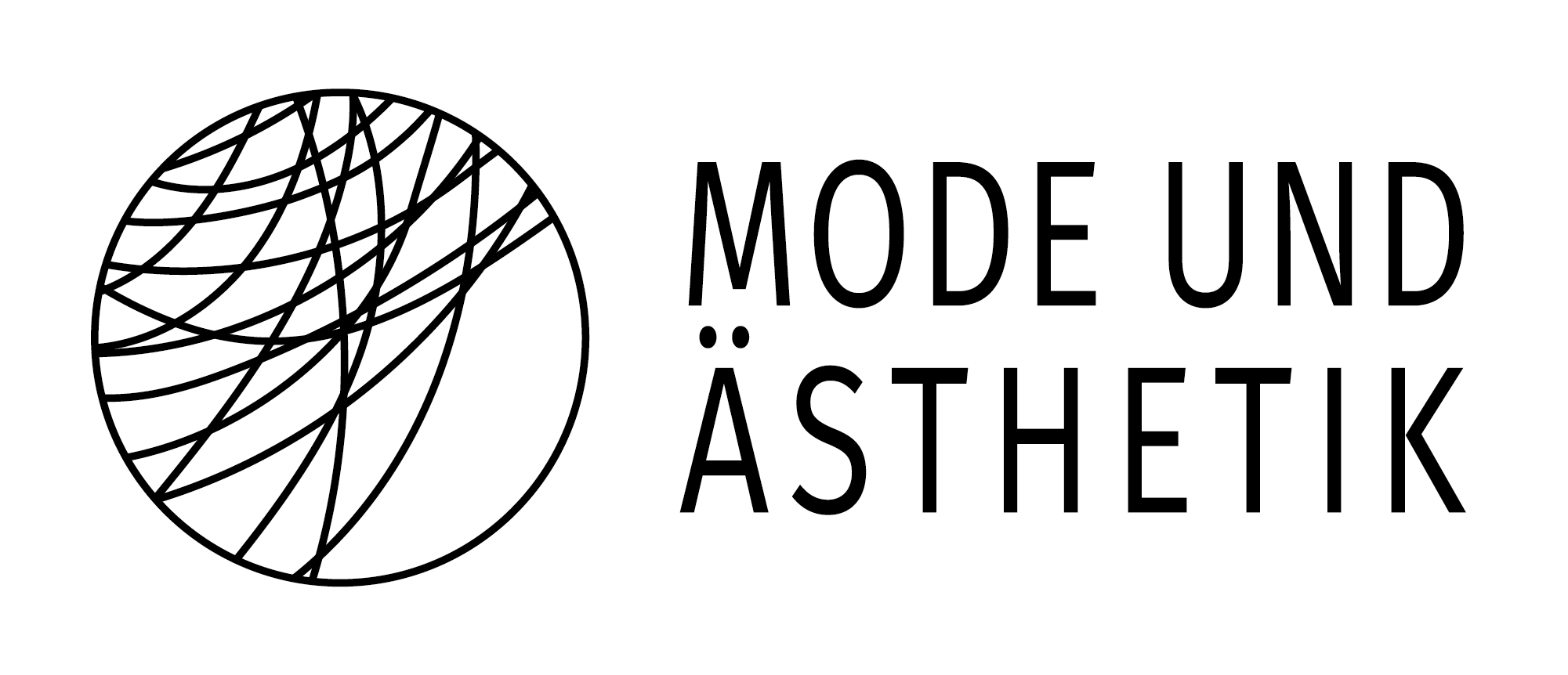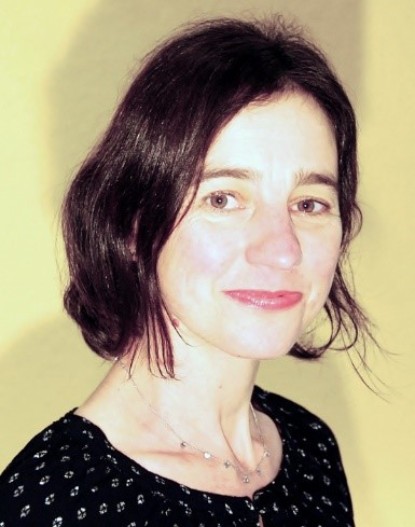Dr. Miriam Oesterreich

Research interests
Latin American art history, indigenism and conceptions of modern times, transcultural transfer processes of artistic practices, art in the 19th and 20th century, interconnections of art and popular culture, design and fashion, zeitgeist-influenced shaping of the human body and gender.
Prof. Dr. Miriam Oesterreich
is an Athene Young Investigator at Technical University of Darmstadt. She is a postdoctoral researcher in art history (since 2016) and a research associate (since 2013) at the Section of Fashion & Aesthetics. Currently she is researching on her postdoctoral project about the global interconnections of Mexican indigenism as an avant-garde art practice. In her dissertation (2015), she reappraised the staging of ‘exotic’ human bodies in earlier pictorial advertisement, 1880 – 1914, for art history. She studied art history, Romance languages and literature and ancient American studies at the universities in Heidelberg, Havana (Cuba), Valencia (Spain) and at the Freie Universität Berlin. She was a research associate in the Excellence Initiative of Transcultural Studies at Heidelberg University (2009 – 2011) and completed a scientific traineeship at the Wilhelm-Hack-Museum in Ludwigshafen am Rhein (2011/12), where she curated various exhibitions of modern and contemporary art. In 2016, she was a Fellow at the Transregional Academy “Modernisms – Concepts, Contexts, and Circulation” in São Paulo and in 2017 at the Transregional Academy “Mobility – Objects, Materials, Concepts, Actors” in Buenos Aires. She received the Departmental Research Award of TU Darmstadt for her initiated postdoctoral project about the Mexican indigenism and was Ansel Adams’ Fellow of the Center for Creative Photography at the University of Arizona in 2019. Since April 2020, she has been working in a global research team on the project “Worlding Public Cultures – The Arts and Social Innovation”.

Within the Mexican avant-garde bohème milieus – in parts integrating foreign, Mexican-based artists –, the Mexican-indigenous was considered a fresh and unique resource to establish an individual masterly status as well as to stage a modernist discourse well beyond national borders. Thereby, Mexican Indigenism is mostly presented as a static national phenomenon which, in terms of a “belated modernness”, picked up European avant-garde as well as primitivistic art practices and further developed a specific Mexican art movement by means of the alleged ‘own’ indigenous element. This concept of modernity, correlating with myths of origin and discourses of authenticity and mastery, shall be questioned critically in my research project and elaborated for the Mexican avant-garde scene.
This paper will show that, although the Mexican Indigenism may define itself as a national art movement, it forms a fundamental part of a network of mutual and complex relations within a transnationally acting avant-garde movement. This movement took place in a time of radical changes in politics, society and art, when objects of art circulated between Europe and the Americas (Picasso gave self-made earrings to Frida Kahlo!) as well as artists did (Rivera in Paris, Breton in Mexico), looking for inspiration or as refugees. Aesthetics (the style of modernist journals) as well as concepts (indigenism, i.e.) formed parts of a complex reciprocal exchange: transculturally, transregionally, transdisciplinary. Hence, modernist Mexico can be understood as an interface of various discourses on modernity, the latter’s migrant potential also represents the basis for a renegotiation of established terminologies of modernism.
Starting from an analysis of the Mexican situation, the entanglement of the avant-garde art scenes shall be demonstrated by highlighting pan-Americanist ambitions with Ciudad de México, Lima and São Paulo as integral, the US-American scene with New York as artistic center, ‘Année Folles’-Paris and the Expressionist Germany.
The hitherto mostly painting-related term of Indigenism shall be extended towards manifold artistic expressions. So, besides painting, graphic arts, and photography, also fashion, artistic self-staging and performance, architecture and exhibition practices, book and review design are shown as parts of the Indigenist ‚style’. Case studies of selected examples – i.e. Frida Kahlo’s fashions, the reciprocal references of avant-garde journals of the time, the collecting and exhibiting of pre-Hispanic artifacts, the staging of folklore – shall elaborate the entanglements of transregionally acting avant-gardes; hence, the paradigm of national-identitarian art in Mexico will be questioned in favor of demonstrating the practiced artistic pan-Americanism and cosmopolitanism.



